No matter how big or how small your garden is, you can do your bit to encourage and help the wildlife around you. Even if your 'garden' is on a balcony, there are plenty of ways you can encourage birds and bees with window feeders and bug boxes.
Make a Birdfeeder
Here are a few examples of what birds like to eat:
- Blue tit – Mixed bird seed, peanuts and suet balls/pellets
- Blackbird – Peanut grain, sunflower hearts, raisins, suet, mixed bird seed
- Robin – Fruit, sunflower hearts, raisins, dried mealworms, mixed bird seed
- Goldfinch – Thistle and nyjer seeds
- Bullfinch – Sunflower hearts
- Sparrows – Mixed bird seed, cracked corn, sunflower hearts
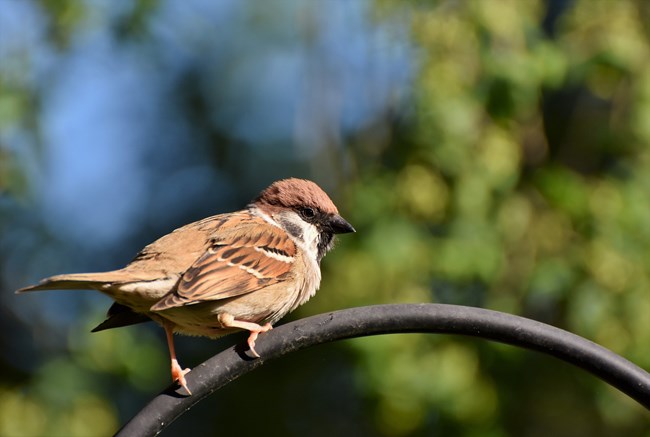
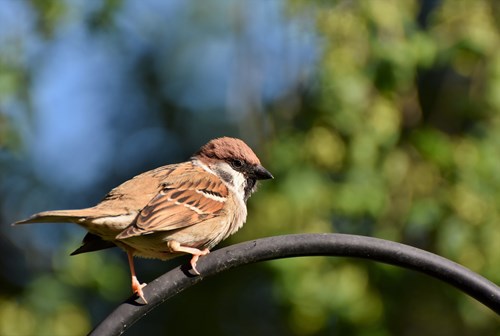
This is a key time for wildlife as it is breeding season, you may see birds flying around searching for and collecting worms for their young. Many different species of bird pop into gardens from time to time, some live in nearby trees, some make homes in nest boxes and some simply call in to see what food is on offer.
You can get a variety of bird food in supermarkets, garden centres or nature reserves. Take a look at the packaging if there are particular birds you want to encourage. A bird feeder also offers you benefits, like, it gives you the opportunity to observe the wonders of nature, and many more.
Remember: Always provide a bowl of water or fill a bird bath as birds need plenty to drink especially in this warm weather.
Build a Hotel for Bugs
Just like birds, insects and bees need a safe place to nest. Providing the right materials for them to create a home is great for them, but also very interesting for you, as it is fascinating to watch!
A very popular and fun creation that is appearing in more and more gardens is a ‘bug house’ or ‘bug hotel’. You can create them in any size, either small with recycled materials or things that you might find lying around your garden, or large made with wooden pallets or something similar. Of course you can buy these ready made, but if you like a project then this will be fun.
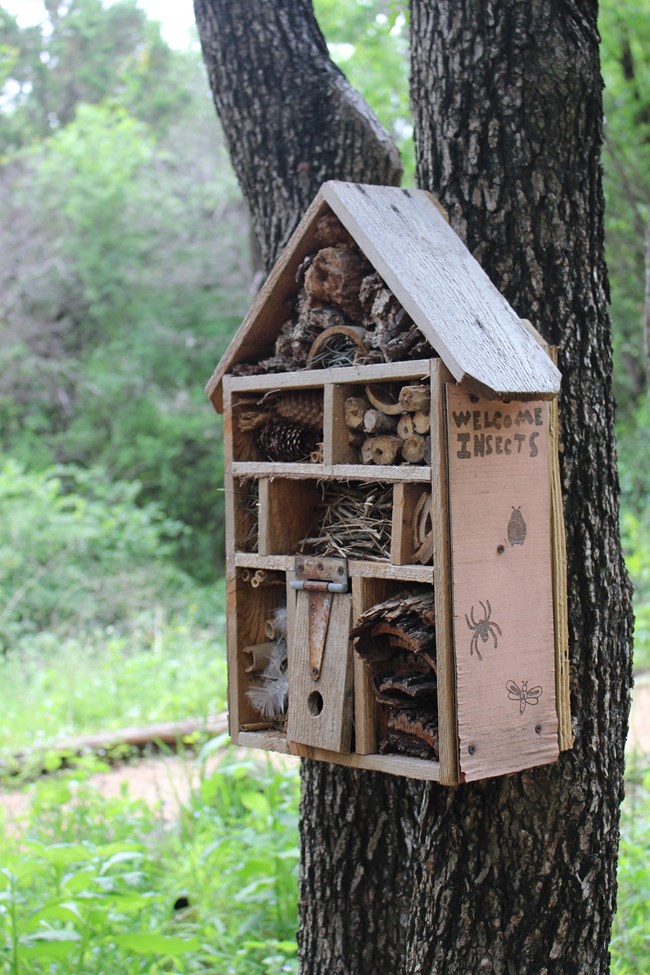
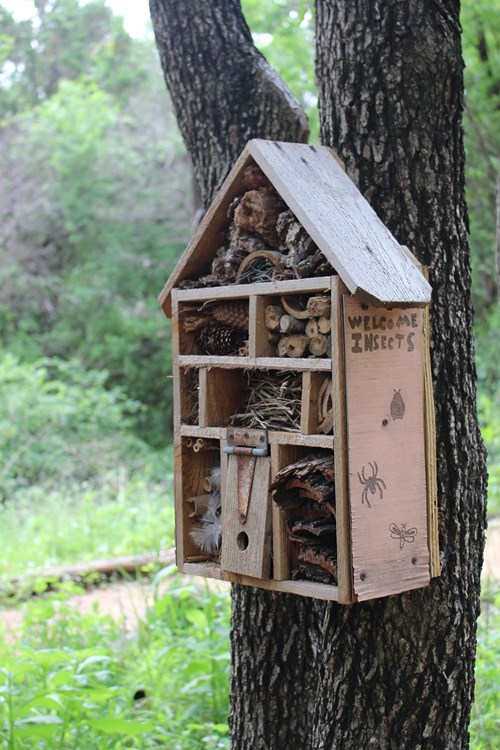
What to look out for…
Once you have created your bug house/hotel, keep checking to see what decides to live there. If you find solitary bees take up residency in the house, you will find their nest building very interesting to watch. You will see them fly in with pieces of mud, pollen and small cuts of leaves that they use to line the nest.
It is useful to plant bee-friendly flowers – they are a great source of food for bees and also make your garden bright and colourful.
House the hedgehogs
Another popular garden visitor is the hedgehog! Sadly we don’t get to see as many as we used to as the population of hedgehogs is in decline with fewer than 1 million left in the UK. However, these prickly pals are still heading into gardens looking for food and a place to live.
How can you help?
You can buy hedgehog homes, but it’s fun to give it a go yourself and make one from scratch - here’s a guide on how to make your own hedgehog home.
Did you know...
...hedgehogs are lactose intolerant! An old wives tale was to give hedgehog’s bread and milk but actually the bread causes them to bloat and the milk can make them seriously ill.
Hedgehogs eat insects and worms but also love tinned cat food or dog food (not fish based) crushed cat biscuits and meal worms, or you can buy a specialist hedgehog food. Always provide a bowl of fresh plain water as hedgehogs can get dehydrated.
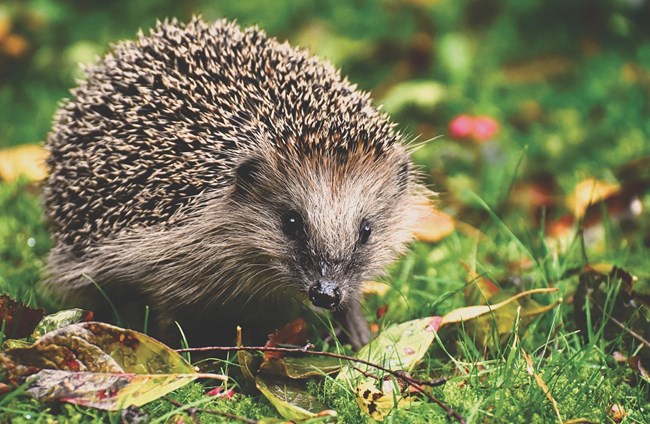
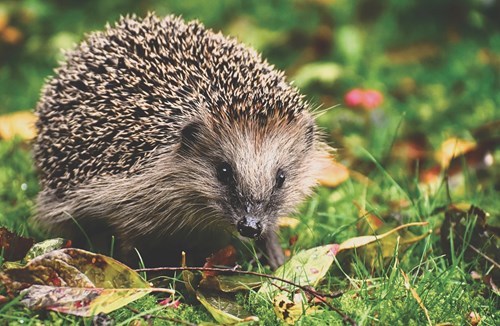
Sources: Wildlife Trust, RSBP and British Hedgehogs.